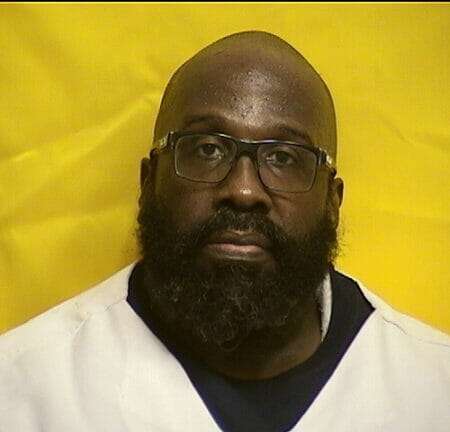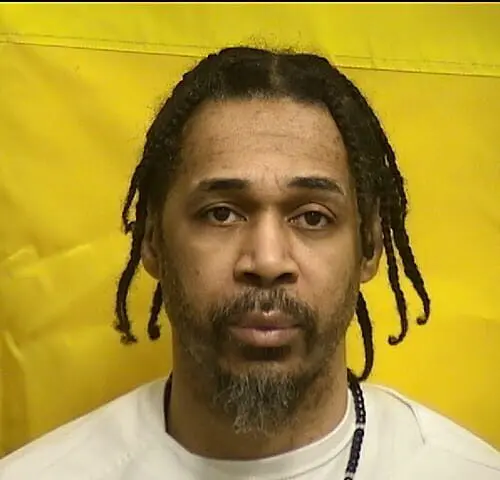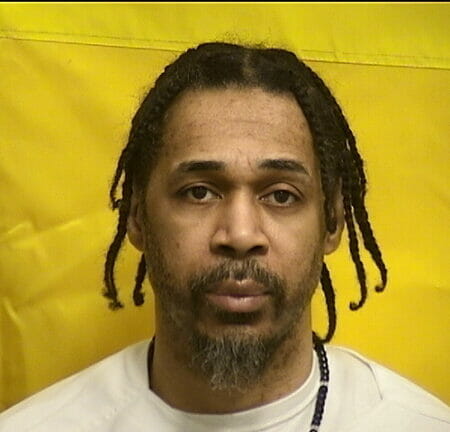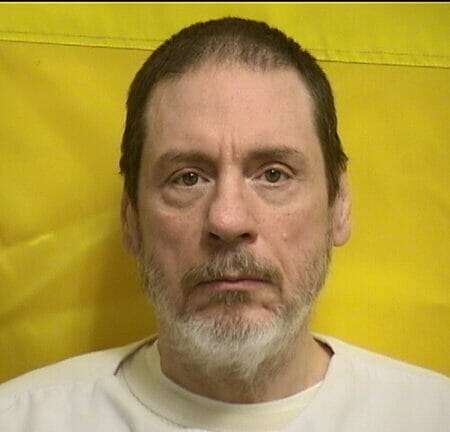
Cedric Carter was sentenced to death by the State of Ohio for a robbery murder. According to court documents Cedric Carter would enter the a United Dairy Farmers convenience store (UDF) in Cincinnati where he would shoot and kill the clerk, Frances Messinger. Cedric Carter would be arrested, convicted and sentenced to death.
Cedric Carter 2021 Information
Number A262433
DOB 02/12/1973
Gender Male Race Black
Admission Date 08/07/1992
Institution Chillicothe Correctional Institution
Status INCARCERATED
Cedric Carter More News
In the early morning hours of April 6, 1992, Frances Messinger was murdered while working alone as a clerk at a United Dairy Farmers convenience store (“UDF”) in Cincinnati. A grand jury returned an indictment charging appellant, Cedric Carter, in two counts, with aggravated murder in violation of R.C. 2903.01(B) and aggravated robbery in violation of R.C. 2911.01 based on the events surrounding Messinger’s death. The indictment included a felony-murder death specification pursuant to R.C. 2929.04(A)(7), charging Carter with causing death while committing or attempting to commit aggravated robbery, and being the principal offender in an aggravated murder, or alternatively with committing a murder with prior calculation and design. Both counts also contained gun specifications. A jury found Carter guilty as charged and recommended that he be sentenced to death. The death sentence was subsequently imposed by the trial court.
At approximately 2:15 a.m. on April 6, 1992, Carol Blum, a waitress working directly across the street from the UDF, dialed 911 and reported that she had just seen two black males running from the UDF. At trial, Blum testified that immediately prior to calling 911, she saw two men inside the UDF—one man in front of the counter with both arms extended toward the register with hands together pointing to something, and the second man behind the counter near the register. She saw the man behind the counter bend down, and then observed both men run out. The waitress did not see Messinger standing at any time while she was observing the incident. When Messinger’s body was discovered shortly thereafter, an unmelted ice-cream cone was found on the floor of the UDF in the area in front of the counter near the exit doors.
On April 7 one Kenny Hill surrendered himself to authorities in connection with the Messinger murder. Based on information provided by Hill, police obtained a search warrant for an apartment at which Carter was temporarily residing. Carter was arrested in the early morning hours of April 8, 1992 during the course of the search which followed. During the search the police recovered the murder weapon, a .38 caliber Smith & Wesson five-shot revolver manufactured between 1877 and 1891, the hammer of which must be pulled back manually prior to the firing of each round.
Following his arrest, Carter was taken to police headquarters to be interviewed. At approximately 3:50 a.m. Carter signed a waiver of rights form, which recited his rights as delineated in Miranda v. Arizona (1966), 384 U.S. 436, 86 S.Ct. 1602, 16 L.Ed.2d 694. During the tape-recorded statement which followed, Carter admitted being present at the UDF during the course of the robbery, but initially identified Hill as the shooter. The police then discontinued taping the interview, and told Carter his statement was inconsistent with statements police had obtained from other witnesses. Upon resumption of the taping, Carter admitted that he was the shooter at the UDF robbery.
At trial the state and the defense agreed to many of the facts surrounding the robbery. Both parties are in accord that three men were involved: Carter, Hill (who also entered the UDF store), and Virgil Sims (who drove the car used by Carter and Hill before and after the murder). It is undisputed that Carter shot two times and that one bullet lodged in a carton of cigarettes in a cabinet behind the cash register, while the second struck Messinger in her forehead, killing her.
Carter testified at the trial and admitted involvement in the crime. Carter testified that he entered the UDF first (without a gun) and that Hill followed shortly thereafter, carrying with him the .38 caliber Smith & Wesson revolver. Carter ordered an ice cream cone, and while Messinger was standing at the cash register to accept payment for the cone, Hill passed the gun to Carter. Carter denied, however, that he had intended to kill Messinger. He testified that he had been a heavy user of crack cocaine; that he used significant amounts of alcohol, marijuana and crack cocaine during the period leading up to the murder; and that Hill was his supplier. Although Carter admitted that he entered the store with the intent to rob it, he testified that he and Hill had not talked about robbing the store until immediately prior to the robbery. He further testified that he never intended to be the one to hold the gun during the robbery. He admitted, however, that he knew the gun had bullets, and that Hill had showed him earlier in the day how to shoot it. He further admitted that before robbing the UDF the three had participated in “a lot” of robberies of drug dealers that same evening, and that only Hill had used the gun to threaten the victims in those robberies while Carter remained in the car. Carter testified that he first fired the gun at the floor to scare Messinger as she pushed the gun away and shut the register drawer. Carter testified he told Messinger to open the cash register, but she refused. He stated that Hill then suggested leaving, and that as they turned to leave, he fired a second shot when Messinger began fumbling in an apparent attempt to push an alarm button. Carter maintained consistently that he did not aim at Messinger, but instead aimed to fire a shot by her to scare her, and never intended to shoot her.
Medical testimony established that Messinger was killed as a result of a bullet wound which entered her forehead slightly left of the midline. The bullet traveled sharply left to right, and front to rear, with a slight upward angle. No stippling or gunpowder burns were found on Messinger’s skin, indicating that the gun had been fired from a distance greater than one foot.








